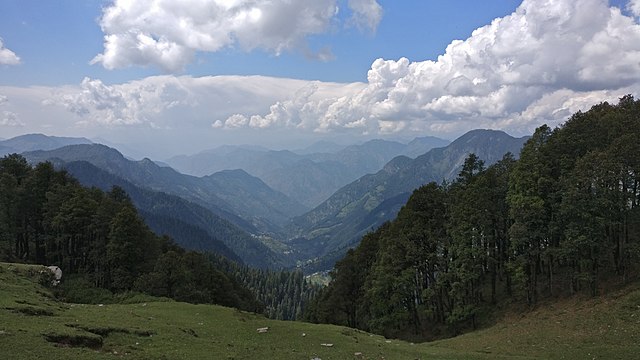Jalori Pass must be new to you-eh? For the majority of us who are diehard lovers of visiting alpine passes and lakes, Jalori Pass is certainly new because not much has been written about it on travel blogs.
Let this blog post be your travel guide to Jalori Pass, one of the high altitude passes in India that is just scintillating to see.
Where is Jalori Pass?
Jalori Pass is located in Himachal Pradesh, near Kullu Valley. It is situated at an altitude of about 10,800 feet!
How to reach Jalori Pass?
The nearest airport is Chandigarh. From Chandigarh, you have to travel by road to Jalori Pass. Your first destination would be Banjar. Then you go on to stop at Ghiyagi and Shoja to just stop for refreshments or ask around whether you are on the right track to Shoja.
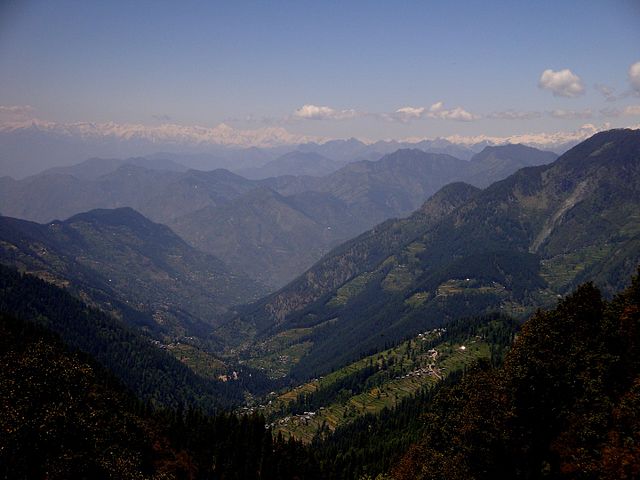
From Shoja, the Jalori Pass is just 5 km away. In fact, it is Shoja that is going to be your base to visit Jalori Pass and other beautiful sightseeing attractions in and around the Pass.
The total distance you cover from Chandigarh to Jalori Pass is about 270 km.
Since the popular hill station, Shimla is also located in the Himachal Pradesh State of India, you can combine the two destinations under one trip.
From Shimla, the Jalori Pass is only 150 km.
If you are an adventurer and want to see the scenic route from Delhi to JaloriPass, you can drive and cover the 510 km in about 8 hours or so.
When to visit Jalori Pass?
Since this is an alpine pass meaning, most of the year, the whole place will be buried under snow, you have to choose the summer season only to plan your trip. That will be from June to September.
What to see in Jalori Pass?
Even as your car nears the Jalori Pass from either Shimla or Kullu Valley, you will realize your mouth is agape with awe. You would be continuously shouting and screaming the words, “Look at there”, “OMG, this is sheer beauty” and things like that.
You would be able to see nature at its supreme best and admire the scenic Himalayan Hills, quaint villages of sherpas, near-deserted roadside food outlets (yes, can’t call them as restaurants), lakes, forests, and what not!
Tirthan Valley
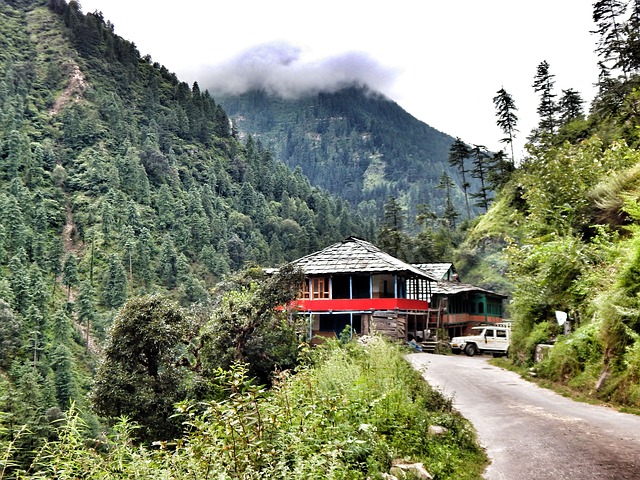
Breathtaking-isn’t it? These alpine passes of Himalayas are always gorgeous and imposing. The surrounding hills, the pine forests, distant rivers, and small mountain streams would make you stand still for hours together to listen to the Himalayan silence and sink in the absolute beauty of the place.
Tirthan River, a tributary of the majestic and ferocious Beas River, flows through this region and hence the name to the valley surrounds the river.
The green cover, white-capped mountains, and the vast wilderness would urge you to stretch your legs a bit. There are some trails to explore the Himalayan forest in great silence. Apart from walking, the Tirthan valley is a good place for wildlife watching and birding. However, if I were you, I would just do nothing but sit on a grassy slope and watch with silent awe the lush green meadows, the grazing goats and the smoke emanating from the rustic wooden homes of the villagers.
Parashar Lake
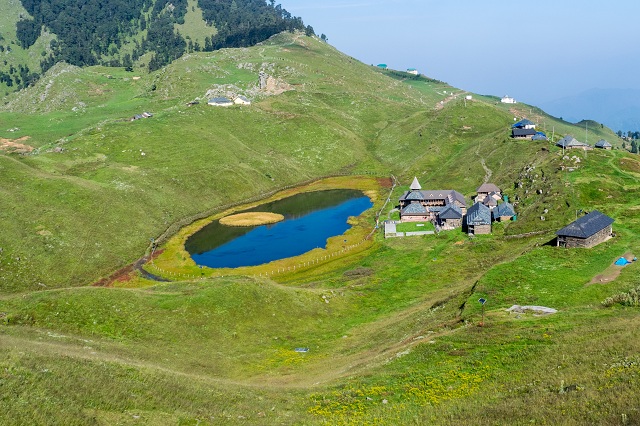
OMG! Can a lake look so dramatic and breathtaking? Its location on top of a mountain, the green backdrop and the blue water make the entire scene romantic too. Is this called an unprecedented beauty? The most revered sage Parashar was said to have done penance here and hence the name ‘Parashar Lake’.
Serolsar Lake
Is ‘lake’ a misnomer here? It looks more like a pond to me. It has clear water surrounded by some temples on its shore. These temples are dedicated to snake Gods called ‘Nag’.
Reaching the Serolsar lakes from the Pass involves knee-breaking trek down the mighty Himalayas for 6 Km! Are you up to it? Another good suggestion would be to set up your tent on the way down amidst tall trees and on a grassy surface.
Temples to see on your trip to Jalori Pass and Tirthan Valley are:
- Shringa Rishi Temple
- Chehni Kothi temples
- Jalori matha temple
- Brahmandrishi temple
- Great Himalayan National Park

Spread over an area over 1100 sq.km, this is a must-visit natural beauty situated at nearly 8000 feet height.
The overall scenic beauty will captivate your senses beyond expression. The flora includes exquisite wildflowers. The region is also rich in deodar and oak trees that you cannot ever see in the plains.
The fauna range is not big because of the high altitude but you can still spot:
- Blue Sheep
- Musk deer
- Snow leopard
- Brown bear
- Beas and Parvati River confluence.
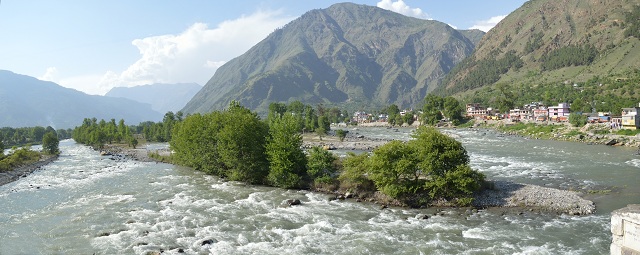
In addition, if you are a butterfly lover, then this place cannot be missed on your trip to this Pass.
Staying in Jalori Pass
You can stay in Shoja which is 5 km down where you can find some hotels with limited facilities with no luxuries at all.
There are several rustic lodges in Tirthan Valley that are not very expensive. The food will be mostly vegetarian.
I would recommend two hotels to stay near Shoja.
- Nature’s lap Resort
- Whitestone Cottages
This concludes the travel guide to Jalori Pass with details regarding how to reach this Pass, when to go, what to see, and accommodations available near Jalori Pass.


